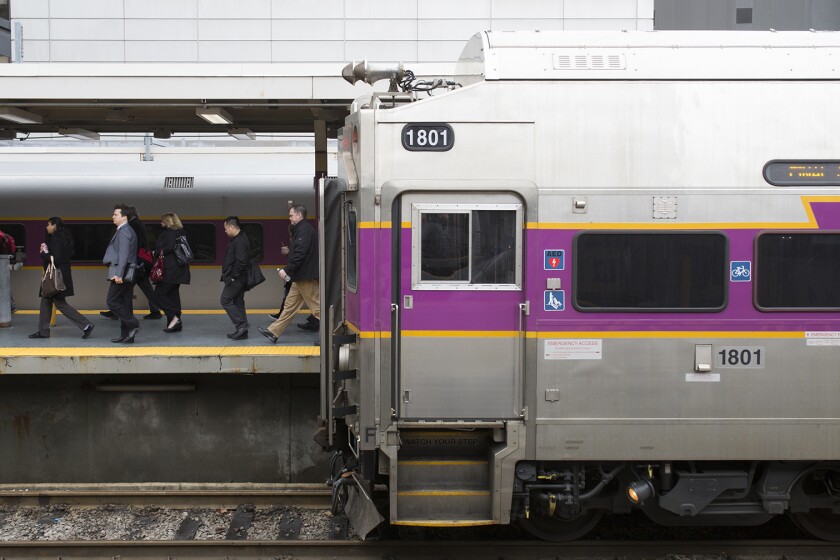It’s impossible to know when, or if, ridership will ever fully recover because there’s no comparable analog to this moment in America’s modern history.
“This is a deeper and stranger challenge than we’ve ever faced before,” said Beth Osborne, director of Transportation for America, in a 2020 interview.
The closest comparison is the Spanish flu pandemic of 1918. But a new research paper to be presented at the Australasian Transport Research Forum finds little in common between them, at least when it comes to transit ridership.
“The key message is that 100 years ago we were not able to have stay-at-home orders because no one could go about their activities at home,” says Graham Currie, professor of transportation engineering at Monash University in Melbourne. “There wasn’t much ridership effect 100 years ago because, effectively, activity was continuing. As a result, the virus just went crazy.”
Ridership levels in many American cities dropped by 10 to 15 percent in 1918, the first year of the pandemic. But Currie and his colleagues found that they quickly bounced back after that, even as the flu raged on for another two years.
Of the American transit systems Currie could obtain data from, only the Boston Elevated Railway Company saw ridership fall in 1919 too. (Currie studied Australian cities as well, but the virus was much less prevalent there, so ridership findings were even less consequential.)
The lack of remote work wasn’t the only factor forcing Americans back on the trains and trolleys. 1918 is on the other side of what some scholars call the “epidemiological transition,” where societies began to demand that government protect them from infectious disease.
During the Spanish flu, public-sector support was lacking in other ways too. Even wealthy nations didn’t have robust welfare states back then, and their citizens received no economic aid to incentivize them to reduce contact with others. They literally couldn’t afford to not ride. When COVID-19 struck, by contrast, authorities across the world were expected to do something.
There are other major differences between the responses to the two pandemics. In the United States, and to a lesser extent other wealthy nations, car ownership became the norm after the Second World War. That meant most residents had an alternative to public transit. For many Americans, sitting in traffic is a welcome alternative to sitting next to a stranger of unsure vaccination status.
In nations where car ownership isn’t so pervasive, and the welfare state less robust, public transit has snapped back in a way much more similar to what Currie found after the first year of the Spanish flu.
“If everybody relies on public transport, then once lockdowns are finished, you really have no choice but to use it,” says Currie. “You can't really walk the distances involved, and no one has a car.”
In Currie and his colleagues’ paper, they find that transit agencies during the Spanish flu also installed a variety of safety measures. Mask usage, passenger limits, extra service to decongest crowds, and banning children from transit were all utilized to stem the spread.

1918 is believed to have also seen the end of one of the nastier behaviors on public transport.
“The authorities went big to make sure that people stopped spitting in trams,” says Currie. “The thinking is that this actually was the time when it finished altogether.”
A more germane comparison to COVID-19 may be the experience of the SARS epidemic in 2003, where a series of East Asian metropolises were hit by an extremely virulent illness.
In Hong Kong, Taipei and Beijing, ridership fell dramatically during the SARS outbreak, even though the disease was contained successfully, and the epidemic lasted less than a year. In Taiwan, where 668 people were infected out of a nation of 22 million, ridership in the capital of Taipei did not return to normal for six months.
A 2014 study by Kuo-Ying Wang found that for every new SARS case reported by the media, 1,200 subway users were lost. If anything remotely close to that holds, transit systems in the U.S. will have a long, long path to recovery.
Related Articles













